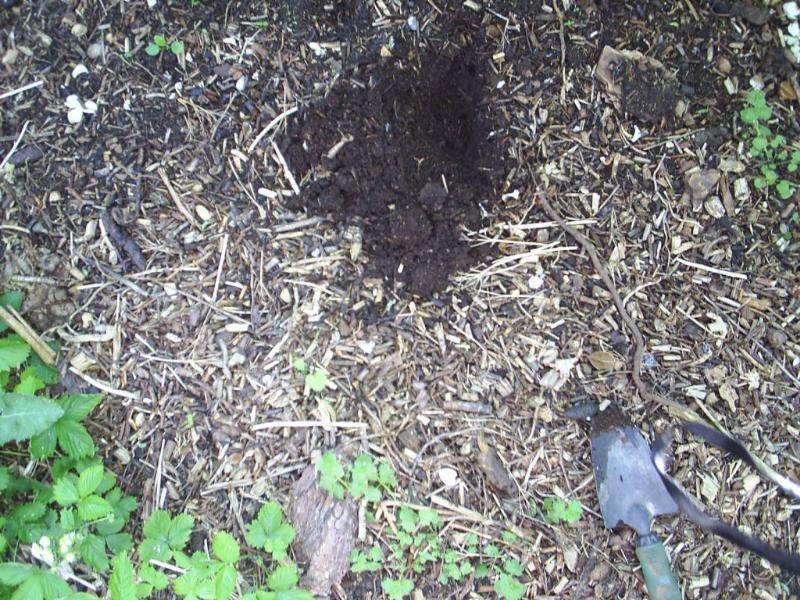


























Paul Cereghino- Ecosystem Guild
Maritime Temperate Coniferous Rainforest - Mild Wet Winter, Dry Summer


























Jen0454 wrote:
Rabbit, if you leave the "sticks" in then use the compost as mulch the
larger "half decayed" pieces will make good mulch.
If you need finer compost then just sift out what you need.
The bigger pieces are also good fungal feed when used as mulch.
I used to sift all but just do it for seedling mix now.









Paul Cereghino- Ecosystem Guild
Maritime Temperate Coniferous Rainforest - Mild Wet Winter, Dry Summer





Life that has a meaning wouldn't ask for its meaning. - Theodor W. Adorno

|
And tomorrow is the circus! We can go to the circus! I love the circus! We can take this tiny ad:
A rocket mass heater heats your home with one tenth the wood of a conventional wood stove
http://woodheat.net
|



